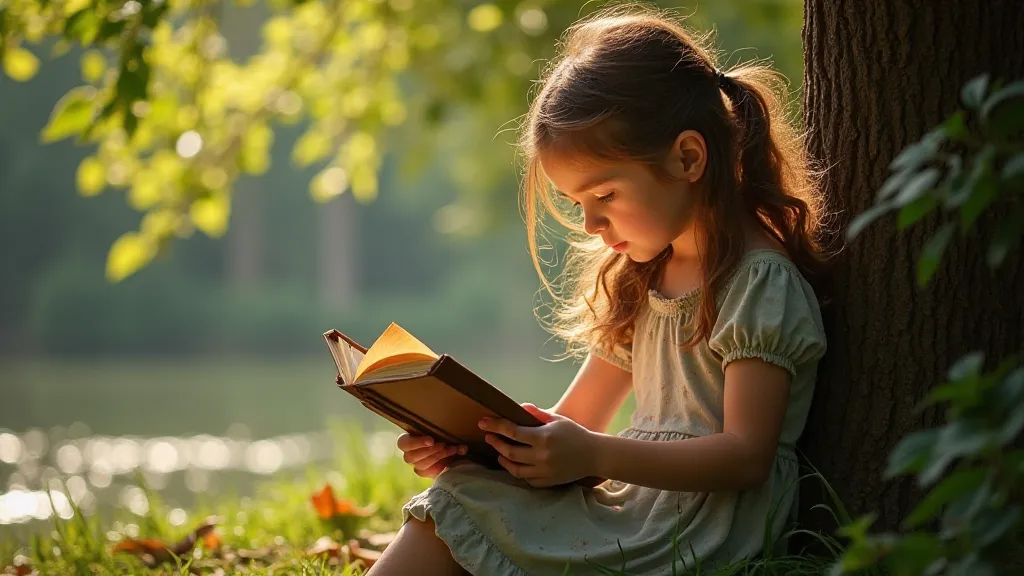‘The Wind in the Door’ by Madeleine L'Engle: A Less Celebrated Gem of Literary Fantasy
Madeleine L'Engle’s A Wrinkle in Time secured its place as a cornerstone of children’s literature, inspiring generations with its blend of science, fantasy, and spiritual depth. But nestled within the Time Quintet, the sequel, The Wind in the Door, often lingers in the shadow of its more famous predecessor. While A Wrinkle in Time propelled readers on a grand, interdimensional rescue mission, The Wind in the Door offers a quieter, more introspective journey – a journey nonetheless brimming with beauty, peril, and profound meaning.

The narrative centers on Polly O’Keefe, a young girl grappling with the sudden death of her father. Her world is disrupted when Dimmsdale, a young alien, appears on her doorstep, fleeing the destructive force of the Why, a being that systematically eradicates joy, imagination, and all that is good throughout the universe. The story unfolds within the realm of Fantastica, a realm inextricably linked to Earth, where Dimmsdale is gravely ill and the battle against the Why is far from over.
A Unique Narrative Style
What distinguishes The Wind in the Door from other children's fantasy is L'Engle's experimental narrative style. The book is filled with inner monologues, poetic prose, and a stream-of-consciousness approach that mirrors Polly's own complex emotional state. Unlike the often-linear plot of A Wrinkle in Time, this sequel is more cyclical, and deliberately so. The constant threat of the Why's destruction creates a sense of urgency, but the story frequently returns to the emotional core of Polly’s grief and her burgeoning connection with Dimmsdale.
Some readers might find this style challenging, particularly those expecting a more action-packed adventure. However, this unconventional approach is crucial to the book’s thematic depth. It allows L’Engle to explore themes of grief, faith, and the power of love in a way that resonates deeply with young readers.
Profound Themes Beneath the Surface
Beneath the fantastical elements, The Wind in the Door delves into serious themes. The Why represents the forces of negativity, destruction, and despair. It is a potent symbol for the real-world challenges that children face: loss, fear, and the overwhelming sense of helplessness.
The importance of connection and community shines through as Polly and her family, along with the fantastical beings of Fantastica, rally to Dimmsdale’s aid. The book champions imagination as a powerful weapon against negativity, emphasizing the transformative power of empathy and understanding. The concept of being "in the Door," connected to a source of love and goodness, becomes a powerful metaphor for spiritual resilience.

Why This Book Matters
While A Wrinkle in Time may be the more accessible entry point into the Time Quintet, The Wind in the Door offers a richer, more rewarding experience for those willing to embrace its unique style. It's a book that rewards multiple readings, revealing new layers of meaning with each encounter.
In a world often dominated by flashy spectacles and easily digestible narratives, The Wind in the Door stands as a reminder of the enduring power of quiet beauty, profound reflection, and the unwavering strength of the human spirit – or, in this case, the spirit of a young girl and an alien boy fighting for the very essence of joy.






